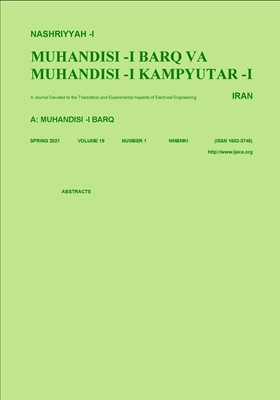Analysis and Design of a Low Power Analog to Digital Converter Using Carbon Nano-Tube Field Effect Transistors
Subject Areas : electrical and computer engineeringSaeedeh Heidari 1 , D. Dideban 2 *
1 -
2 -
Abstract :
Nowadays, analog to digital (A/D) converters are indistinguishable parts of system on chip (soC) structures because they omit the distance between analog real data and digital logic world. Due to this fact and ever increasing trend for using portable instruments, the figures of merit for design of these converters such as speed, power and occupied area are improved. Different methods are proposed to improve the performance of these converters. In this paper, we design a fast and low power ADC using carbon nano-tube field effect transistor (CNTFET) and then its performance is comprehensively compared with a MOSFET based counterpart at the same technology node. The performance is studied two encoders: ROM and Fat tree. The obtained results are presented using HSPICE simulator at 0.9 V power supply. The simulated data from CNTFET based converter shows significant improvements in delay and power compared with its CMOS based counterpart. The power and delay obtained from CNTFET based converter using ROM encoder are improved by 92.5% and 54% with respect to the same parameters obtained from CMOS based design while the improvements using a Fat tree encoder in CNTFET converter reaches 93% and 72% in comparison with CMOS conventional design.

